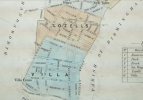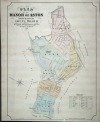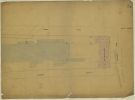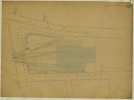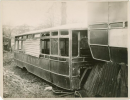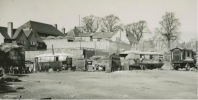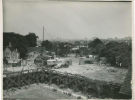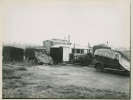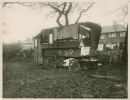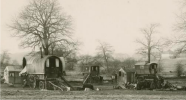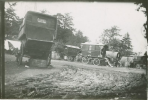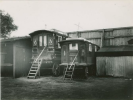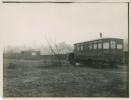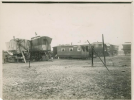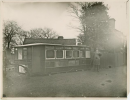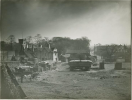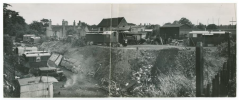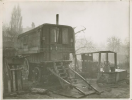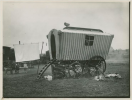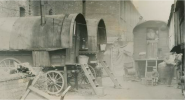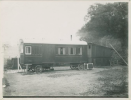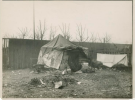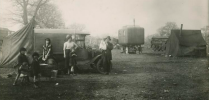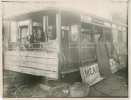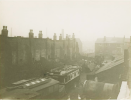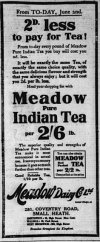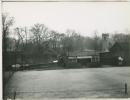Well, Mark, you’ve hit the nail on the head with these images—they’ve confirmed what I knew about my family but seeing it all in pictures is amazing!
I’m descended from the Pardoe family of Ward End. They lived in the two large double-fronted houses on Church Walk, opposite the church. My great-grandfather Herbert and his wife Martha lived in one, while his brother John lived in the other. Herbert and Martha had 15 children!
As far as I can trace, the family’s origins lie in Ludlow (Galford Road) and later Cleobury Mortimer (New Street). I’m not sure exactly when they moved to Birmingham, but it was after my grandfather was born. Though I haven’t been able to prove it, evidence suggests they were likely Gypsies or Romany.
At their Ward End home on Church Walk, Herbert noticed sand in the land behind the house. Ever the entrepreneur, he began selling it to Walsall Council for their interwar social housing program. A skilled wheelwright (or simply gifted at handcrafts), he built a fleet of horse-drawn tip-up wagons and put his children to work in the family business.
My granddad used to tell me how they’d fill the wagons with sand, walk the horse to Walsall, and dump the sand on construction sites. Afterward, he was allowed to ride the horse back. The sandpit operated for about ten years until groundwater became an issue. Never one to waste an opportunity, Herbert then converted the site into a rubbish tip. I believe this is the stage shown in the 1936 Church Walk image.
It took another decade to fill the pit completely, after which he rented the land to traveling families. The place became known as Pardoe’s Yard. He also bought old buses, converted them into caravans at Church Walk, and sold them at a profit—first by stripping the engines and seating (which he resold), then by selling the refurbished caravans. I initially wondered if these caravans ended up in holiday spots like Severn Beach in Gloucestershire (where archive photos show similar converted caravans), but it seems he mostly sold them to traveling families.
I find the Pardoe side of my family fascinating. My granddad was the ideal grandfather, and one of his brothers, Tommy Pardoe, was an amateur boxer who competed in the 1930 Olympics as a flyweight.
I’m eternally grateful to you for uncovering these images—they’ve brought my family’s past to life. If anyone can share more about the Ward End Pardoe’s, I’d be extremely thankful. Thanks again!

 birmingham.access.preservica.com
birmingham.access.preservica.com

 birmingham.access.preservica.com
birmingham.access.preservica.com

